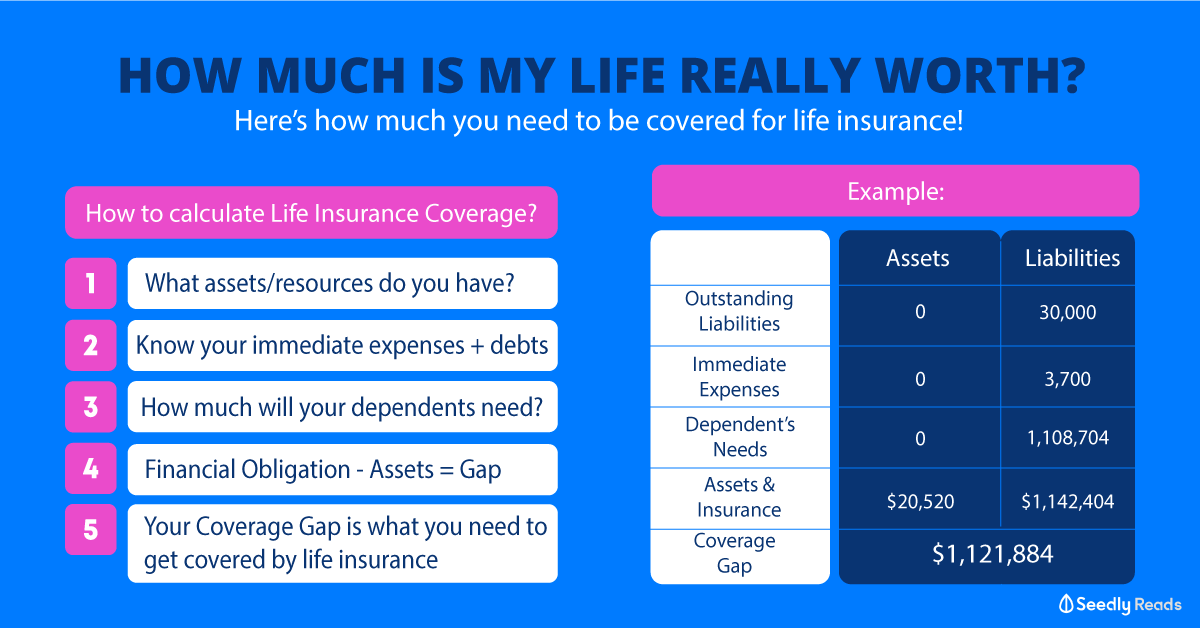Hi there,
There is a joint initiative called Emergency Care Collaboration between MOH and private institution (PI) since June 2015. As of now I am only aware of 1 such institution. Under this initiative patient sent in by SCDF ambulances will pay a subsidised rate similar to those in public hospital (A&E fee, C-class ward & follow up in PI) - eligible to use insurance plan, pioneer generation, medishield etc. similar to those in public hospital.
Helpful links:
https://www.businesstimes.com.sg/government-eco...
https://www.rafflesmedicalgroup.com/hospital/patients-visitors/emergency-care-collaboration-(ecc)(https://www.rafflesmedicalgroup.com/hospital/pa...(ecc%29)
For those not in, I am not sure. Nonetheless with the ever changing healthcare delivery eg. direct admission to community hospital etc. you may want to consider sufficient coverage if you have the means to sustain the premium till the end, some say it’s easier to downgrade then to upgrade.
Just extra FYI, some considerations ambulance services may make before sending a patient to tertiary hospitals.
1) Severity of the condition.
2) Number & “type” of personnel responding in the ambulance (Paramedic Level 4 or 5, EMT, EN, RN, Dr.), road condition – ability to stabilize the patient throughout the journey to the hospital.
3) Does the public institution or PI have the manpower, facilities, resources or theatres (trauma team, onsite vs on-call doctors). Not all hospitals are the same, for public it’s generally an “open book”. Even so public hospitals do have their “challenges” : paediatrics (iv cannula, medication doses), severe burn, OT rooms, or IMH A&E cases.
So it’s multifactorial, even if they send to the nearest there’s nothing much that can be done except further delaying the treatment if the institution does not have the resources at that moment. Hence public institution are generally selected as they are "open book". Even for mass accident or food poisoning EMS will try to split to various hospitals due to manpower and resources, even though one may be the closest. Unless there’s mass casualty probably PI & public may open up even their helipads (not sure on insurance coverage for heli-borne or winching though, do happen in SG but rare).
Hope this helps.
Disclaimer: This disclaimer informs readers that the views, thoughts and opinion expressed in the text belong solely to the author. Please also perform your own due diligence.








Hi there,
There is a joint initiative called Emergency Care Collaboration between MOH and private institution (PI) since June 2015. As of now I am only aware of 1 such institution. Under this initiative patient sent in by SCDF ambulances will pay a subsidised rate similar to those in public hospital (A&E fee, C-class ward & follow up in PI) - eligible to use insurance plan, pioneer generation, medishield etc. similar to those in public hospital.
Helpful links:
https://www.businesstimes.com.sg/government-eco...
https://www.rafflesmedicalgroup.com/hospital/patients-visitors/emergency-care-collaboration-(ecc)(https://www.rafflesmedicalgroup.com/hospital/pa...(ecc%29)
For those not in, I am not sure. Nonetheless with the ever changing healthcare delivery eg. direct admission to community hospital etc. you may want to consider sufficient coverage if you have the means to sustain the premium till the end, some say it’s easier to downgrade then to upgrade.
Just extra FYI, some considerations ambulance services may make before sending a patient to tertiary hospitals.
1) Severity of the condition.
2) Number & “type” of personnel responding in the ambulance (Paramedic Level 4 or 5, EMT, EN, RN, Dr.), road condition – ability to stabilize the patient throughout the journey to the hospital.
3) Does the public institution or PI have the manpower, facilities, resources or theatres (trauma team, onsite vs on-call doctors). Not all hospitals are the same, for public it’s generally an “open book”. Even so public hospitals do have their “challenges” : paediatrics (iv cannula, medication doses), severe burn, OT rooms, or IMH A&E cases.
So it’s multifactorial, even if they send to the nearest there’s nothing much that can be done except further delaying the treatment if the institution does not have the resources at that moment. Hence public institution are generally selected as they are "open book". Even for mass accident or food poisoning EMS will try to split to various hospitals due to manpower and resources, even though one may be the closest. Unless there’s mass casualty probably PI & public may open up even their helipads (not sure on insurance coverage for heli-borne or winching though, do happen in SG but rare).
Hope this helps.
Disclaimer: This disclaimer informs readers that the views, thoughts and opinion expressed in the text belong solely to the author. Please also perform your own due diligence.